What is Pollination? Benefits | Types of orchard pollinators
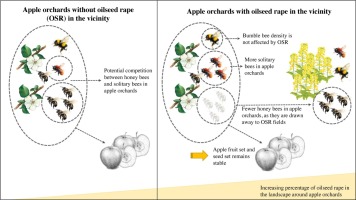
Pollination is a process of crucial importance for the correct functioning of ecosystems, the conservation of biodiversity and the production of food. Bees and other types of pollinators are essential for pollination to take place, so it is our responsibility to know what they are and how to conserve them.
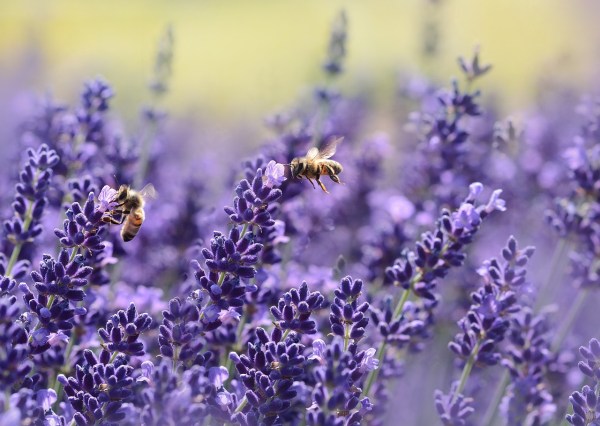
Although there are several types of pollination and pollinators are not always necessary for the process to take place, the presence of these organisms is vital for the survival of millions of plant species around the planet.
More than three quarters of the world’s major food crops depend, to some extent, on pollinators.
Pollinator Assessment Report, Pollination and Food Production. IPBES, 2016.
Products such as cocoa, oil, nuts or a multitude of fruits and vegetables depend directly on the work of pollinators.
What is pollination? Importance and types of pollination
Pollination is the transfer of pollen from the stamens or androecium of a flower to the gynoecium, pistil, or female part of that same or another flower.
Depending on the type of plant and flower, there may be one or more types of pollination.
There are plants that have hermaphroditic flowers (with male -stamens- and female -pistil- organs); others, the monoecious plants, have both male and female flowers; while in the dioecious or unisexual species each specimen has flowers of only one sex, or male or female.
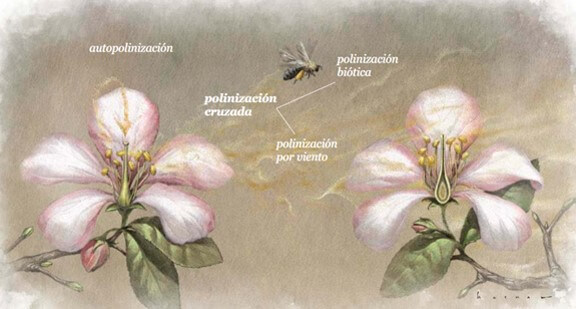
Although the first two types of plants can reproduce by autogamy (between flowers of the same plant), the most common and beneficial is heterogamy or cross-pollination between flowers of different specimens.
In dioecious or unisexual species (plants that only have flowers of one sex or the other), cross-pollination is the only option. In this type of plants (including zucchini, cucumber, asparagus, kiwi or pistachio) the presence of pollinators plays an even more important role.
In addition, depending on the pollination vector or pollen transport agent, we can distinguish 3 types of pollination:
- Anemogamy: wind pollination
- Hydrogamy: transport of pollen through water (common in aquatic plants).
- Zoogamy or biotic pollination: transfer of pollen by pollinators such as insects and other animals.
Types of pollinators: insects and other animals
Bees are the most abundant pollinators on the planet (hopefully their extinction will stop and continue like this…), but, in addition to them, there are thousands of species of wild pollinating insects.

The most common pollinators are Hymenoptera (bees, bumblebees, and wasps), but there are also beetles, butterflies, and even mammals, birds, and other pollinating animals.
It is very important to attract pollinators to the orchard and avoid contaminating practices that harm them, since many of these pollinating insects are threatened or extinct.
bees
The social bee Apis melifera (house bee or honey bee) is not the only pollinating bee. There are more than 20,000 species of wild bees that also feed on pollen and transport it from one flower to another.
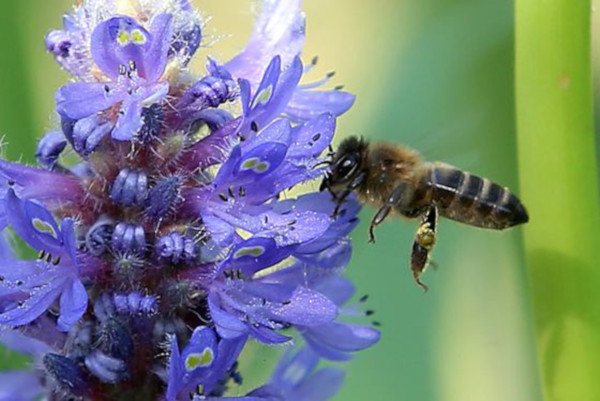
There are other social bees of the apid family that pollinate garden crops, such as Antophora sp. (a very good pollinator for legumes and cruciferous plants), and thousands of species of solitary bees from the families Megachilidae, Andrenidae and Halictidae also stand out.
bumblebees
There are more than 200 species of bumblebees that can be plant pollinators. These insects are larger, have more hairs than wild bees, and search for flowers daily without being affected by the weather, so they may be even better pollinators.

The common bumblebee or Bombus terrestrials is the most widely used domestic species for pollinating horticultural crops (see section « Artificial introduction of pollinators ») but there are other bumblebees, such as Bombus canariensis, Bombus impatiens or Bombus atratus that are also raised on a large scale for their release in crops.
wasps
Although their main diet is not pollen, many wasps feed on it to invigorate themselves, so they can also act as pollinators.
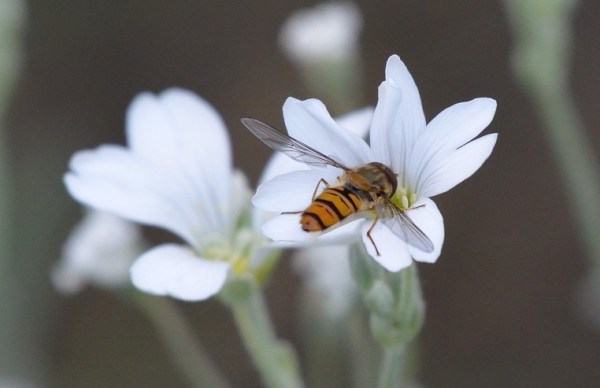
Contrary to what happens with bees and bumblebees, many wasps are specific pollinators of a specific plant, as is the case of the fig tree and some wasps of the Agaonidae family, such as Blastophaga psenes, which are the only insects capable of pollinating this tree.
Butterflies and moths (Lepidoptera)
With their large spirit tube, butterflies are capable of absorbing nectar from flowers and transporting it from one plant to another. They are, along with bees, the most endangered insects on the planet, so the protection of their natural habitats is very important.

There are also other lepidoptera, hundreds of species that are moths in their adult phase, which favor the pollination of plants. An example is the hummingbird sphinx (Macroglossum stellatarum), one of the largest pollinating moths.
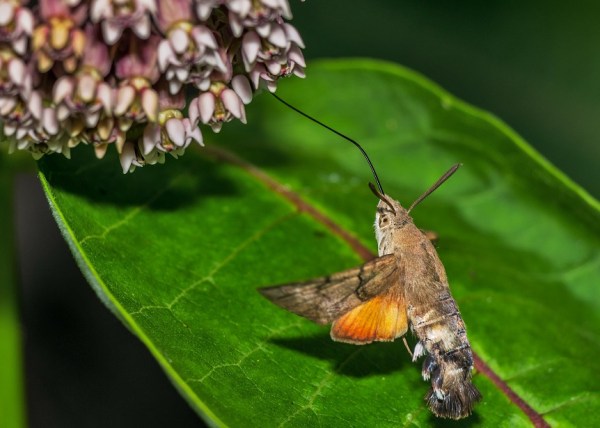
Beetles (coleoptera)
With more than 375,000 species worldwide, they are the most numerous group of animals. There are many types of beetles of different colors and sizes.

Although there are some phytophagous that can become crop pests (such as the potato beetle), most beetles are harmless to crops. Many feed on fungi, decaying matter, flowers, or pollen, so some may also contribute to pollination.
Flies and other Diptera
There are more than 140,000 species of mosquitoes and flies, and many of them are pollinators.

Hoverflies or flower flies (which, due to their colors, can be confused with bees or wasps), as well as the males of numerous species of mosquitoes, feed on nectar and thus contribute to the pollination of plants.
Bats and other non-insect pollinators
In addition to insects, there are other animals that can become allies of plants thanks to their pollinating work.

Bats are an example, but there are other pollinating animals that are not insects, such as hummingbirds and other tropical birds, some reptiles e. even mammals such as certain rodents, possums or lemurs from Madagascar.
How to attract pollinators to the garden
There are several ways to attract pollinators to stay close to your garden. These beneficial insects will come to the area if they find food and shelter there, so our goal if we want them to stay is to provide them with all of this.
Floral bands to attract pollinators
Creating pollinator gardens with flowers, aromatic plants or hedges in the garden is one of the best ways to attract these beneficial insects, providing them with shelter, nectar and pollen.
Thanks to the international project «Operation Pollinator», both in Spain and in other countries around the world there are already hundreds of programs underway based on planting functional margins around crops to attract pollinators and thus improve harvests.
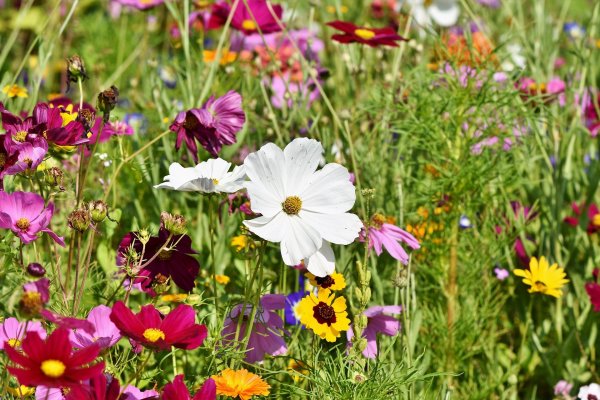
Biodiversity is essential for the presence of pollinators. Several scientific studies have shown that pollination is more intense and harvests more abundant if several types of native plants (with flowers of different colors, shapes and sizes) are present in these floral bands or margins, instead of a single species.
Plant diversity will attract a diversity of pollinators, therefore it is best to plant borders or flower islands with a mix of various species.
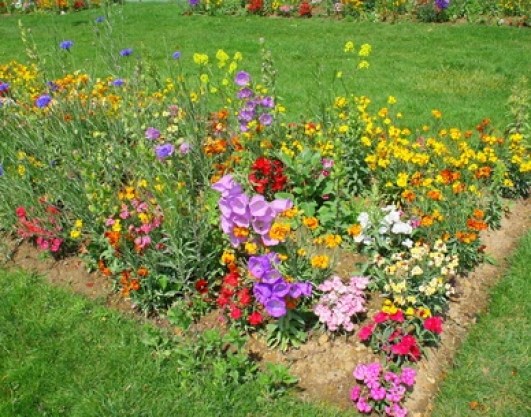
A good option is to choose native plants (shrubs and herbaceous plants with flowers that grow along roadsides in the area, for example), and combine them with aromatic plants that attract pollinators. Some of these beneficial plants in the garden are: lavender or lavender, basil, coriander, thyme, parsley, rosemary, sage, nasturtium, borage, chamomile, oregano, clover…
insect shelters
After putting out flowering plants to attract pollinators, it can be very beneficial to build nesting places for insects.

The refuge for pollinators and other beneficial insects will provide them with shade and shelter after intense days in search of food.
A good option is to place a bowl of water inside these structures so that bees and other insects can drink. It is important to put stones and a stick at the bottom so that they can come out easily and do not drown.
Restrict the use of chemicals
To protect pollinating insects, it is essential to dispense with or minimize the use of chemical insecticides. Integrated control techniques, based on prevention and the use of ecological methods against pests, are the alternative to reduce the use of these products that are so harmful to the environment and to pollinating insects.
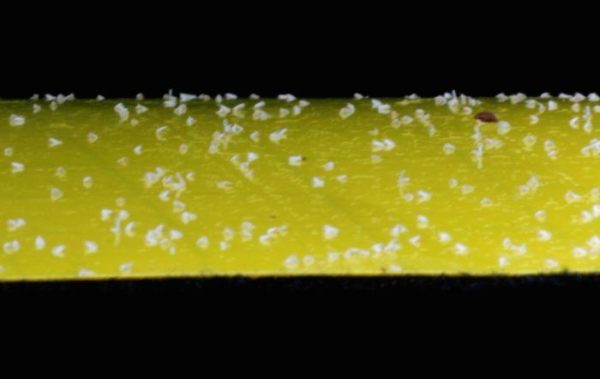
Although to a lesser degree than pesticides and fungicides, chemical fertilizers are also a threat to pollinators. To protect them, the soil and the water, it is important to replace chemical fertilizers with organic fertilizers and fertilizers. In addition to being harmless to pollinators, organic amendments and fertilizers help improve soil structure and biodiversity.
Artificial introduction of pollinators
To increase pollination and yields, farmers also rely on the management or artificial introduction of pollinators.
The installation of bee hives next to crops or the release of bumblebee populations from artificial breeding are some of the techniques to introduce auxiliary fauna or beneficial insects.
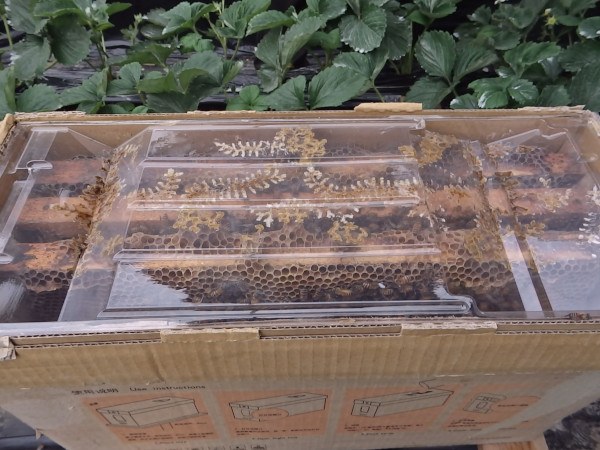
This artificial management is only viable with a few domestic species such as some bees and bumblebees, so it would be essential, to favor the diversity of pollinators, to combine this technique with the installation of flower bands that attract other types of insects.
References
- Roldán-Serrano, AS, 2014. Use of the bumblebee “Bombus Terrestris, l.” in the pollination of protected horticultural crops in southeastern Spain to improve the productivity and quality of the harvest. Doctoral Thesis. University of Jaen (Spain).
- Nates-Parra, G., 2005. Wild Bees and Pollination. Integrated Pest Management and Agroecology (Costa Rica), nº 75, pag. 7-20.
- Potts, SG et al. (eds.), 2016. The assessment report on Pollinators, Pollination and Food Production. IPBES (Intergovernmental Platform on Biodiversity and Ecosystem Services of the UN).
- García García, M. et al., 2016. Pollination in agricultural production systems: systematic review of the literature. Idesia (Arica), vol. 34 (3), p. 53-68.
- Rader, R. et al., 2016. Non-bee insects are important contributors to global crop pollination. Proceedings of the National Academy of Sciences of the United States of America, vol. 113 (1), p. 146-151.
- González-Vanegas, PA et al., 2018. Native Bees, our unseen neighbors. Biodiversitas, nº 139, p. 1-5.

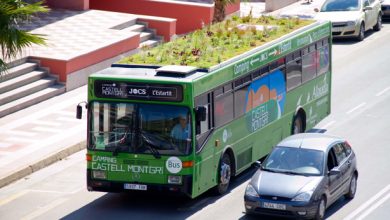
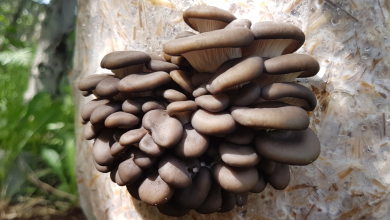
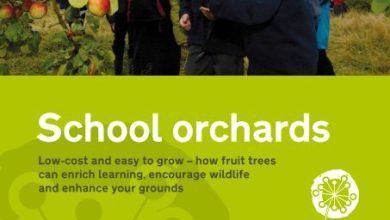
![Photo of The Berberis: [Care, Planting, Irrigation, Substrate and Pests]](https://www.complete-gardening.com/wp-content/uploads/2022/08/the-berberis-care-planting-irrigation-substrate-and-pests-390x220.jpg)